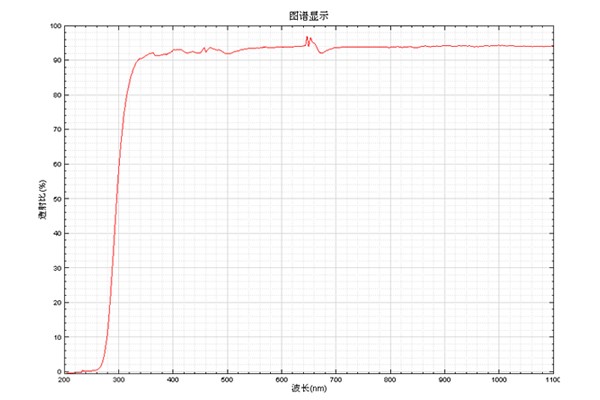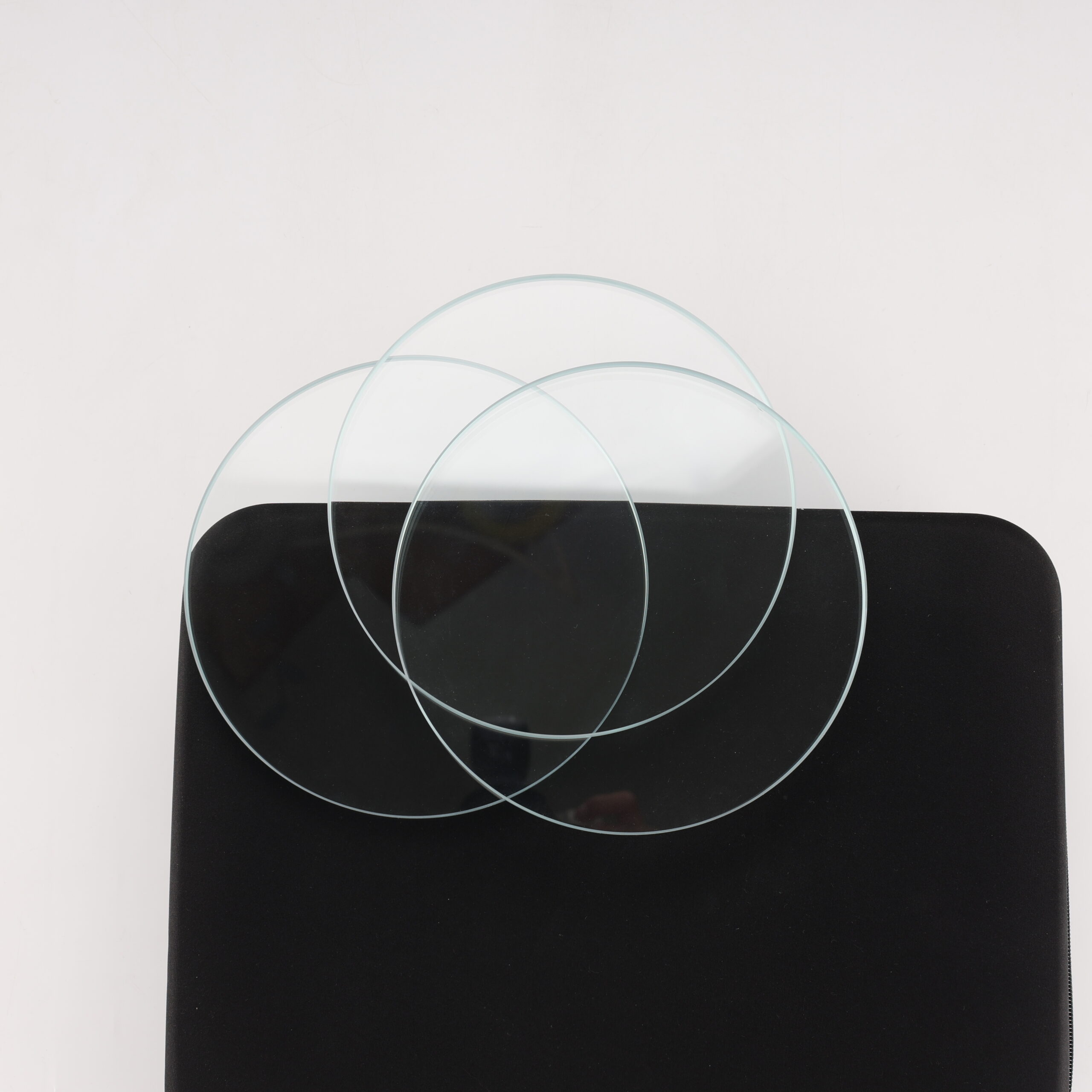Optical High Borosilicate Glass is widely used in many fields due to its excellent heat resistance, chemical stability and low expansion coefficient. According to the search results, its main uses include the following categories:
🔬 1. Laboratory and scientific research equipment
Chemical instruments: corrosion-resistant experimental utensils such as beakers, flasks, test tubes (resistant to acid, alkali and temperature changes) 27
Industrial equipment: chemical reactor windows, high-temperature furnace observation ports, safety protection glasses, etc. 710
🍳 2. Home and kitchen supplies
Heat-resistant tableware: tea sets, coffee cups, oven-specific bowls and plates (can directly withstand high-temperature baking) 47
Home appliance parts: microwave turntable, washing machine observation window, stove panel 17
🏗️ 3. Building and safety protection
Fireproof glass: used in large public facilities (such as Xiongan New District High-speed Railway Station, Shenzhen Airport), with both fireproof and explosion-proof properties 3
Composite building materials: combined with laminated and hollow processes to make energy-saving and fireproof materials 3
💡 4. Optical and electronic industries
Precision instruments: telescope lenses, optical filters, spotlight protective covers17
New energy and semiconductors: solar cell substrates, display glass, semiconductor chips10
🚀 5. Special industries and medical fields
Chemical and aerospace: corrosion-resistant pipes, spacecraft components, military protective equipment1
Medical equipment: medical containers, bioengineering equipment (depending on their biocompatibility)610
☀️ 6. Other emerging applications
Lighting industry: high-stability lamp housing10
Daily products: safe containers such as water cups and baby bottles (high-temperature disinfection without harmful substances released)46
💡 Core advantages summary:
The expansion of the use of high borosilicate glass comes from three major characteristics – heat resistance and shock resistance (can withstand sudden changes from -30℃ to 300℃), chemical inertness (resistance to acid, alkali, water erosion), and high light transmittance. These characteristics make it irreplaceable in extreme environments and precision fields.


